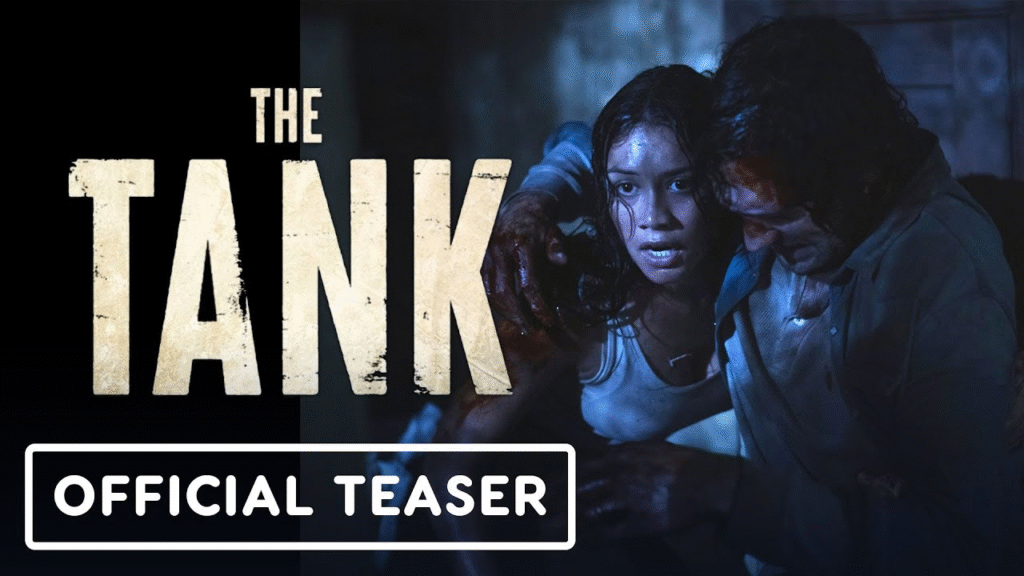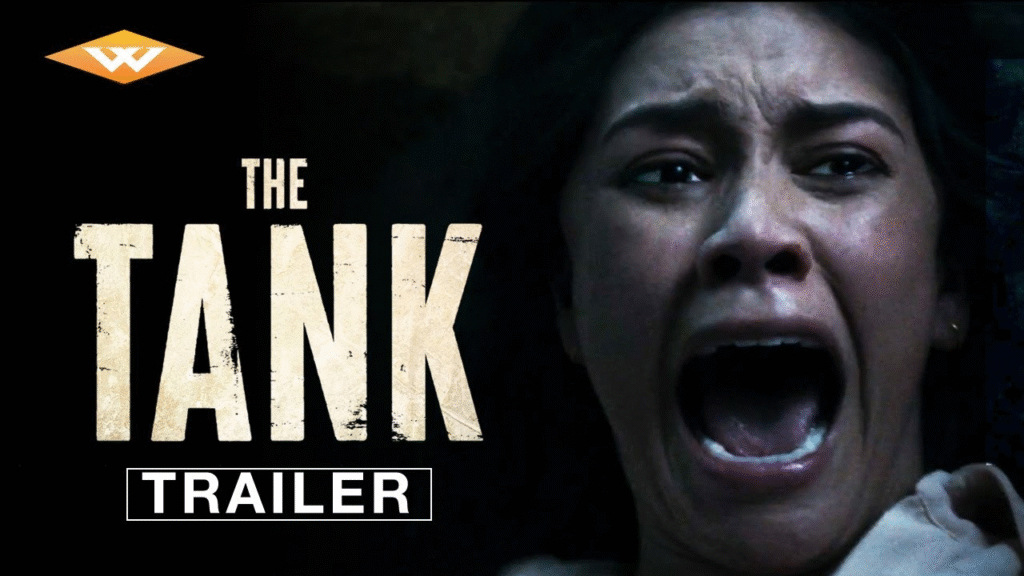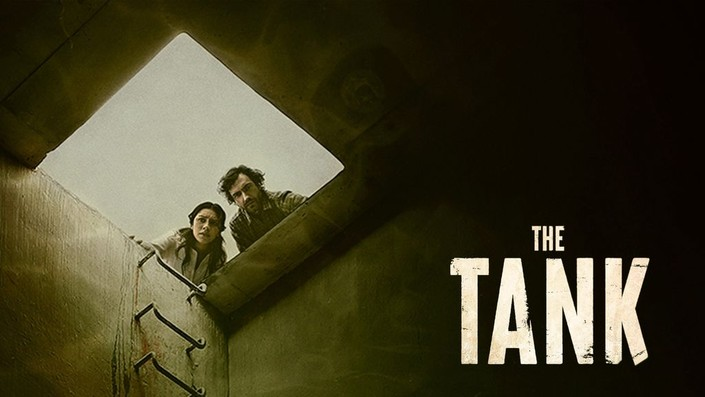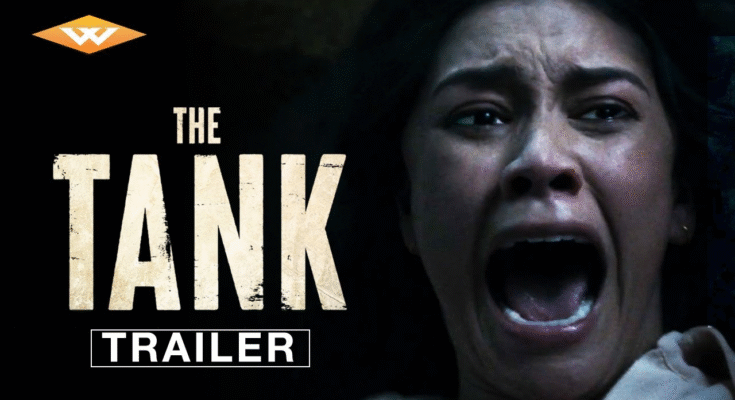Some monsters wait not in the shadows, but beneath our feet, hidden in places we were never meant to uncover. The Tank (2023) is a lean, atmospheric horror-thriller that takes the familiar setting of an old family property and twists it into a suffocating nightmare, blending creature-feature terror with psychological dread.

The film begins when Ben and Jules, a couple struggling to rebuild their lives, inherit an abandoned coastal property. What should have been a chance at renewal quickly transforms into a descent into horror when they discover a sealed water tank beneath the land. Once opened, it unleashes something ancient—something that should have remained buried forever.
At its core, the film thrives on atmosphere and suspense. The tension builds not from jump scares alone, but from the slow realization that the couple’s new home is not sanctuary but prison. The tank itself becomes a symbol: dark, claustrophobic, and bottomless, a space where humanity’s control dissolves into primal fear.

The creatures unleashed are terrifying not just in design but in their relentlessness. Amphibious, grotesque, and disturbingly intelligent, they embody the raw terror of nature unchecked. Their attacks are staged with brutal efficiency, transforming every dark hallway, dripping cave, and flooded basement into a death trap.
Performances ground the film in realism. Ben’s determination clashes with Jules’ growing dread, and their relationship becomes as much a battleground as their fight for survival. Their emotional unraveling mirrors the physical destruction around them, blurring the line between trust and desperation.
Visually, The Tank leans into its setting with chilling precision. Rain lashes against isolated coastlines, fog rolls across cliffs, and the underground cisterns drip with menace. Darkness is used masterfully, turning absence of light into a predator in itself. Every frame carries a damp, suffocating weight, pulling the audience deeper into the nightmare.

The score amplifies the unease with low, rumbling tones and sudden crescendos, echoing the constant drip of water and the lurking sense that something is moving just out of sight. Silence is equally powerful, leaving space for the audience’s imagination to fill with dread.
Thematically, The Tank is about inheritance—not only of property, but of secrets, burdens, and consequences. The monsters serve as metaphors for what families bury, the dangers that resurface when history is disturbed. In this way, the film becomes more than a creature story; it is a meditation on what we choose to uncover, and what should remain forgotten.
By its finale, survival feels less like victory and more like inevitability—the idea that horror never truly ends, it only retreats into the dark, waiting to rise again. The final moments linger with a chilling ambiguity, ensuring that the terror follows the audience long after the credits roll.
Ultimately, The Tank (2023) is a compact but effective horror film, one that understands the power of atmosphere, primal creatures, and the terror of confined spaces. It doesn’t just show monsters—it makes us feel the weight of what happens when the past refuses to stay buried.




